Panko bread crumbs are the perfect crunchy addition to casseroles, fried foods, and anything that you want to add a crispy crust to!
So what exactly are Panko bread crumbs and why are they so awesome?
Below you’ll find the answer to all of your Panko related questions plus the easy method I use to create my own Homemade Panko Bread Crumbs!!
They make a great last minute addition to so many things, so I always keep a supply of them in my pantry (the homemade version will keep for months).
I love to substitute panko for regular bread crumbs whenever possible, such as when making burgers or breading chicken dishes.
Panko is lower in calories, fat, and sodium than regular breadcrumbs. This makes it a great healthier alternative to normal bread crumbs when you are preparing a dish.
I love using panko bread crumbs as a coating, because the flakes are larger which provides a more defined texture to your dish. More crunch is always a good thing right?!
What are Panko Bread Crumbs?
Deleted: Panko is a Japanese bread crumb and the word is derived from (pan, “bread”) and (ko, “flour, powder”) (we originally had an error in origin of the word in this post and thank you Mari for correcting this).
They are essentially just a type of bread crumbs, traditionally used in Asian-style dishes to provide a light breaded coating to your dish.
They have recently gained a ton of popularity in western culture because the panko flakes tend to stay crispier longer than traditional bread crumbs.
Panko bread crumbs are processed in differently than regular ones, resulting shard-like flakes of bread crumbs rather than tiny grains.
Fun Fact: According to the Hawaiian-Tribune, When panko bread crumbs are made in a factory, they are actually cooked with an electric current rather than being baked! They do this to make sure that the bread doesn’t brown, but toasts perfectly. Cool right?
How to Make Panko Bread Crumbs
Did you know you can actually make your own panko bread crumbs at home? It’s quick and easy (there is a full printable recipe here)!
Simply remove the crusts from a loaf of white bread (wheat or brown bread work too). Next, you will need to crumble it into coarse crumbs either with your hands, or a food processor. Be careful not to squish it too much!
Finally, arrange them on a cookie sheet and pop them into an oven set to a low temperature to dry them out. When I make them, I like to have my oven set to 300F do they dry without toasting or browning.
Once cooled, they can be frozen for later use, or stored in a cool dry place such as your pantry for up to 3 months.
Classic panko bread crumbs are made without adding any herbs, but some recipes do call for added herbs or parmesan cheese to your panko mixture.
Where to Buy Panko Bread Crumbs
Because of their increased popularity in western culture, they can be easily found in most supermarkets.
You will most likely find them next to the traditional bread crumbs in the bakery section, or in the Asian food aisle of your grocery store.
I have also had a lot of luck finding panko bread crumbs in stores that specialize in Japanese and Asian cuisines.
If you’re an online shopper, you can also grab them here on Amazon!
Our Favorite Panko Recipes
-
- Crispy Baked Parmesan Chicken Oven baked juicy chicken breasts with a perfectly crispy crunchy panko crust.
- All Purpose Turkey Meatballs Lean turkey, panko bread crumbs and seasonings are baked until tender to create meatballs that are perfect in gravy or your favorite pasta sauce!
- Oven Baked Buffalo Cauliflower Tender bites of cauliflower in a panko crusted batter. These are baked until perfectly tender crisp and tossed in a delicious buffalo sauce.
- Crispy Fried Dill Pickles A state fair classic, crispy fried strips of dill pickle in a light and crispy panko bread crumb crust.
-
- Jalapeno Popper Dip (Video) Likely the most popular appetizer on this site, creamy, cheesy with a touch of heat, this popper dip is crusted with a crisp panko topping.
What is Panko Made Of?
Panko bread crumbs is a Japanese-style bread crumb made from white bread without the crusts.
This results in a lighter, airier bread crumb that absorbs less grease and stays crispier for longer than their traditional counterparts.
This makes them perfect for fried foods, because they tend to absorb less oil during frying, resulting in a lighter and healthier dish.
What Can I use in Place of Panko Bread Crumbs?
While Panko and regular breadcrumbs both create a nice crispy coating or act as a binding agent in recipes, they are different in texture.
You can use regular bread crumbs in place of panko if needed and most recipes should still work just fine however there can be a slight variation in texture.
If you don’t have bread crumbs or Panko on hand, you can also use any combination of crushed crackers or dried bread or make the homemade panko recipe below in just a few minutes.
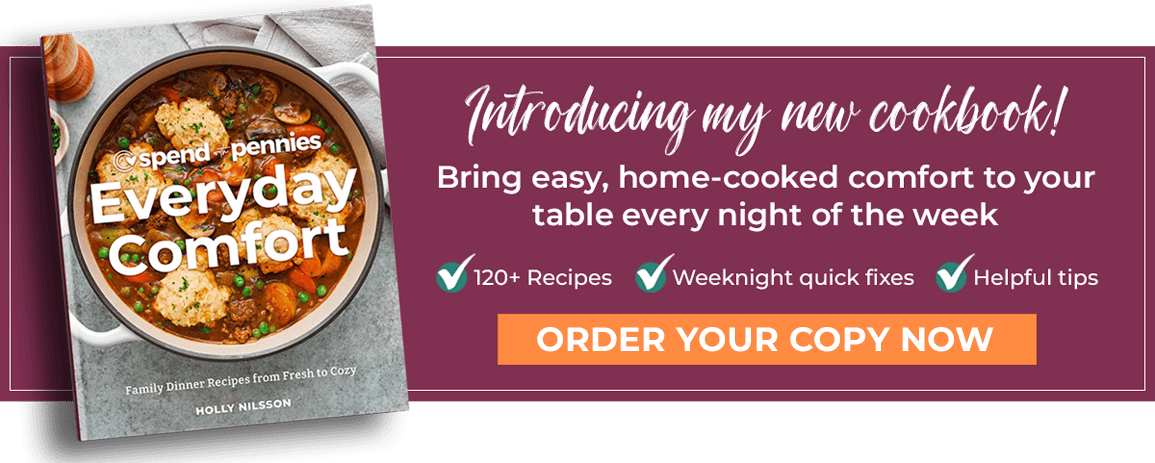

Homemade Panko

Ingredients
- 1 loaf white bread
- herbs optional
Instructions
-
Preheat oven to 300°F.
-
Remove the crusts from a loaf of white bread.
-
Gently crumble it into coarse crumbs either with your hands, or a food processor.
-
Spread crumbs onto a cookie sheet.
-
Dry bread crumbs in the oven 7-10 minutes stirring after the first 5 minutes.
-
Cool completely and store a cool dry place for up to 3 months.
Nutrition Information
Nutrition information provided is an estimate and will vary based on cooking methods and brands of ingredients used.
© SpendWithPennies.com. Content and photographs are copyright protected. Sharing of this recipe is both encouraged and appreciated. Copying and/or pasting full recipes to any social media is strictly prohibited. Please view my photo use policy here.
Crispy Fried Dill Pickles
Oven Baked Buffalo Cauliflower

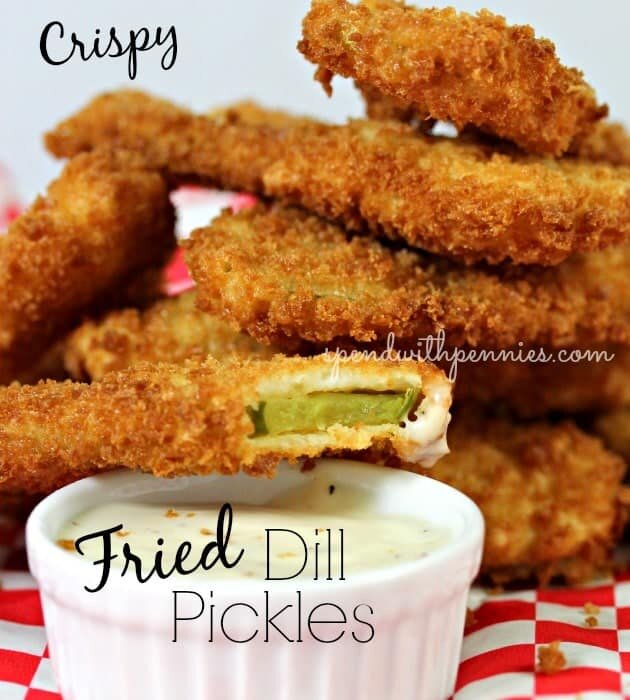








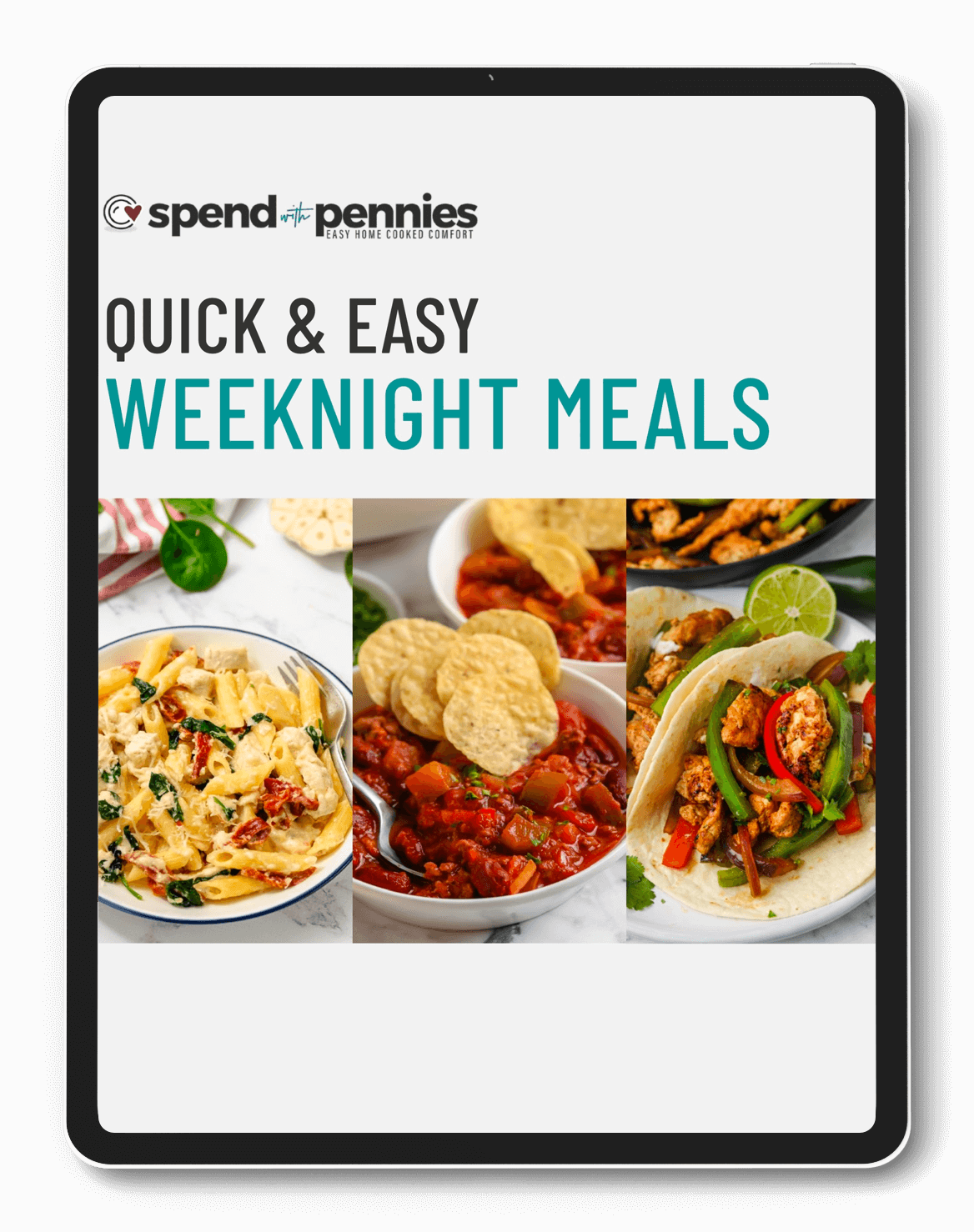


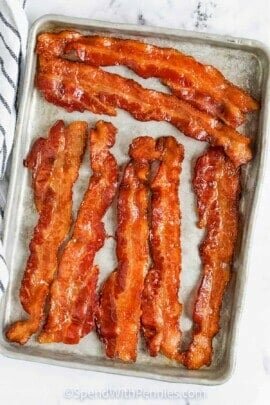
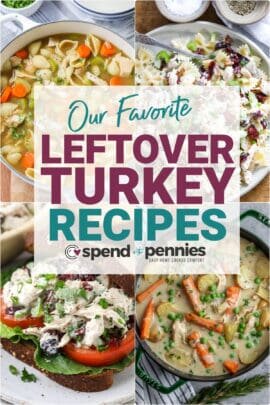

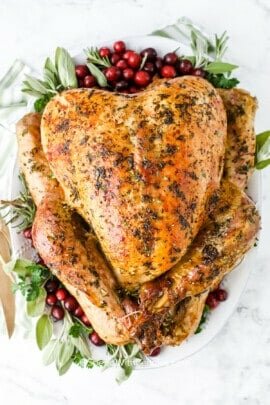
Thank you for making this recipe available. It is such a pain have to go to the supermarket to buy panko crumbs and they are sometimes difficult to find.
If you take a loaf of basic white sandwich bread there is no “crumbling” it with your hands or blender if it is fresh and soft. It will turn all doughy. Do you let the slices dry out first? Also, you say “coarse” crumbs but in your photo they look like pretty fine crumbs. But overall, I’m not seeing how this is any different that “regular” breadcrumbs. I have always made them by oven drying chunks of stale bread and then crumbling it up after it was dry. So maybe it’s because you crumble it first, but again this won’t work with fresh/soft while sandwich bread.
If it is processed too long it will turn doughy. With just a couple of pulses, it’ll turn into crumbs. I blend fresh bread crumbs frequently for all kinds of recipes!
Great recipes thanks
I actually just used the crusts, and the panko still turned out very well! I even forgot the crumbs were in the oven, and so they dried out for 15-20 minutes, and although they were quite brown, they weren’t burnt. Very forgiving recipe! Panko was crisp and light and delicious.
So happy to hear that, Valerie! Glad this recipe worked so well for you.
Great help, tnx!
the Japanese term “ko” meaning “made from”>I am afraid this is wrong. In Japanese, Ko means flour or powder hence it is a compound word of パン (pan, “bread”) + 粉こ (ko, “flour, powder”).
From a Japanese lady.
Thanks,
Thank you for the information and for clarifying this information. We have updated this to reflect the correct origin of the word.
cool
But this isn’t really panko. Panko is made by “baking” bread dough with an electric current to give it its signature structure (and avoid creating a crust), this is just breadcrumbs with extra steps, admittedly producing a larger crumb variety but still of regular breadcrumbs.
I’m somewhat confused as to how this recipe differs to regular breadcrumbs? Unless I’ve been making Panko all my life when i thought i was just making breadcrumbs… hmmmm ?¿¿?
Also, how is this lower in calories & higher in fibre ?? etc etc?
TIA
Suzi
The differences are that the crusts are removed and the bread is crumbed before drying. This allows for larger crumbs which in turn adds more crispiness to dishes.
Because the crumb is larger, slightly less packs into a measuring cup (there is a bit more air space) making them have fewer calories per cup. According to the USDA, 1 cup Panko has 395 calories while 1 cup regular bread crumbs has 427 calories.
Hope that helps!
I’ll take your word for pan meaning bread in Portuguese. However, the term panko derives from the Japanese term “pan” or パン meaning bread, and you were right about “ko” meaning crumbs, so fair play there. Nothing against Portuguese as a language or nationality, just found your pseudo-definition sorta weird because the phrase is fully derived from Japanese.
Thanks for sharing Sam! That is good to know :)
Sam – A bit of semantic. ;-) To clarify the matter, the Japanese word ” パン粉 ” (panko) derives from the French word “panure” (v. “paner”), or “breading” in English. The difference being that “panure” is specifically dedicated to cover (meat, fish, poultry, etc.) with bread crumbs before baking or frying, as opposed to “chapelure” (tinier breadcrumbs) that are used for stuffing, as a filler for meat loaf, for example. “Panure” (breading) is rougher than “chapelure” (thinner breadcrumbs).
Similarly, Japanese “shabu-shabu” is the phonetic equivalence of the French expression: “ça bout, ça bout” (“It’s boiling, it’s boiling” in English) brought to Japan by French sailors who visited Japanese ports in the mid-20th century.
Many modern words in Japanese are borrowed from foreign phonetic expressions, i.e., ライター (raitā) (“lighter”) in English. Unfortunately, the letter “L” doesn’t exist in Japanese, Thus Lolita become Rorita and lighter becomes raitā.
To alleviate further confusion, did you know that a dog’s barking sound in Japan is: “bokan, bokan” (yes, true indeed), French is: “wouf wouf”, and English is: “arf, arf”. Go figure !
I love your recipes and how easy and relatable to my family they are. Thank you so much for creating this great website!
Thanks Sandra! So glad to hear these recipes are a hit with your family :)
“I love to substitute regular bread crumbs for panko whenever possible, such as when making burgers or breading chicken dishes.”
I think you mean the other way around.
Thank you!
SOUNDS GREAT BUT WAS WONDERING IF YOU COULD USE WHEAT BREAD INSTEAD? i AM NOT SUPPOSE TO EAT WHITE BREAD. THIS IS IN CAPS BECAUSE i CAN’T READ IT IN LOWERCASE SORRY
Wheat bread will work just fine in this recipe!